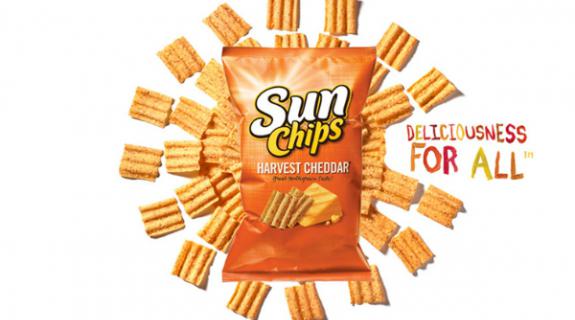When Dwight Riskey, PhD, was working as vice president of marketing research and new business development at Frito-Lay, he started delving into the data around the business in which he was working.
He took a look at when sales of his segment – salty snacks – were highest and when they were lowest and tried to figure out how those peaks and valleys related to the company’s marketing efforts.
What he learned is that consumers flocked to Frito-Lay products when they introduced something new. When Frito-Lay backed off or settled into old habits, sales declined as well.
“There was really just one marketing lever that worked,” he told attendees at Station Summit in Las Vegas, “and that was innovation.”
In Frito-Lay’s case, innovation equaled new product introductions. So Riskey decided to turn Frito-Lay into the snack-food category’s most innovative company.
Riskey’s next challenge was to figure out whether or not the money the company was spending on advertising was having any effect.
“We spent billions in advertising each year but we had no evidence that it worked,” he said. “I made it my mission to figure out an objective and inarguable way to prove whether advertising worked or if it didn’t.”
An executive Riskey knew told him how his company was using scanner data. Households in isolated markets around the country, such as Grand Junction, Colo., would scan in the products they were using and the data would be uploaded for analysis. All of the households in these isolated markets received their television via cable, which meant that cable operators in those markets could control the advertising received by every household.
Riskey immediately saw the research opportunity. He had Frito-Lay buy the rights to these so-called “behavior scan” markets. Half of the markets would receive commercial advertising on their TVs, while the other half would only receive public service announcements. This allowed Frito-Lay to directly evaluate the results of its advertisements.
Frito-Lay had planned to only do the experience for one year, but it “ended up being so powerful that we ran it for five years,” said Riskey.
The key takeaway was that, simply, advertising does work. But Frito-Lay also learned that ads that had something meaningful, differentiated and newsworthy to say by far were the most effective. Even when the creative was poor, if the ad was telling people something they didn’t know, they were successful.
The company also learned that if an ad is going to succeed or fail, that’s usually clear right away.
“If we didn’t detect a significant lift right away, we never got a lift,” said Riskey.
But that doesn’t mean that brands should drop all their advertising or marketing upfront.
“The new product guys always wanted to launch all of their media in the first few weeks,” said Riskey. “But we found that when we spread out the media plans, they worked better.”
Frito-Lay also found that successful advertising campaigns tended to keep working long after they had gone off the air.
“We saw dramatic residual effects. Every year when we ran these experiments, we turned them off at the end of the year and started new ones. With SunChips, for example, sales of the product kept growing in the advertised households even when no new advertisements were run.”
Tags:













































__twocolumncontent.jpg)











